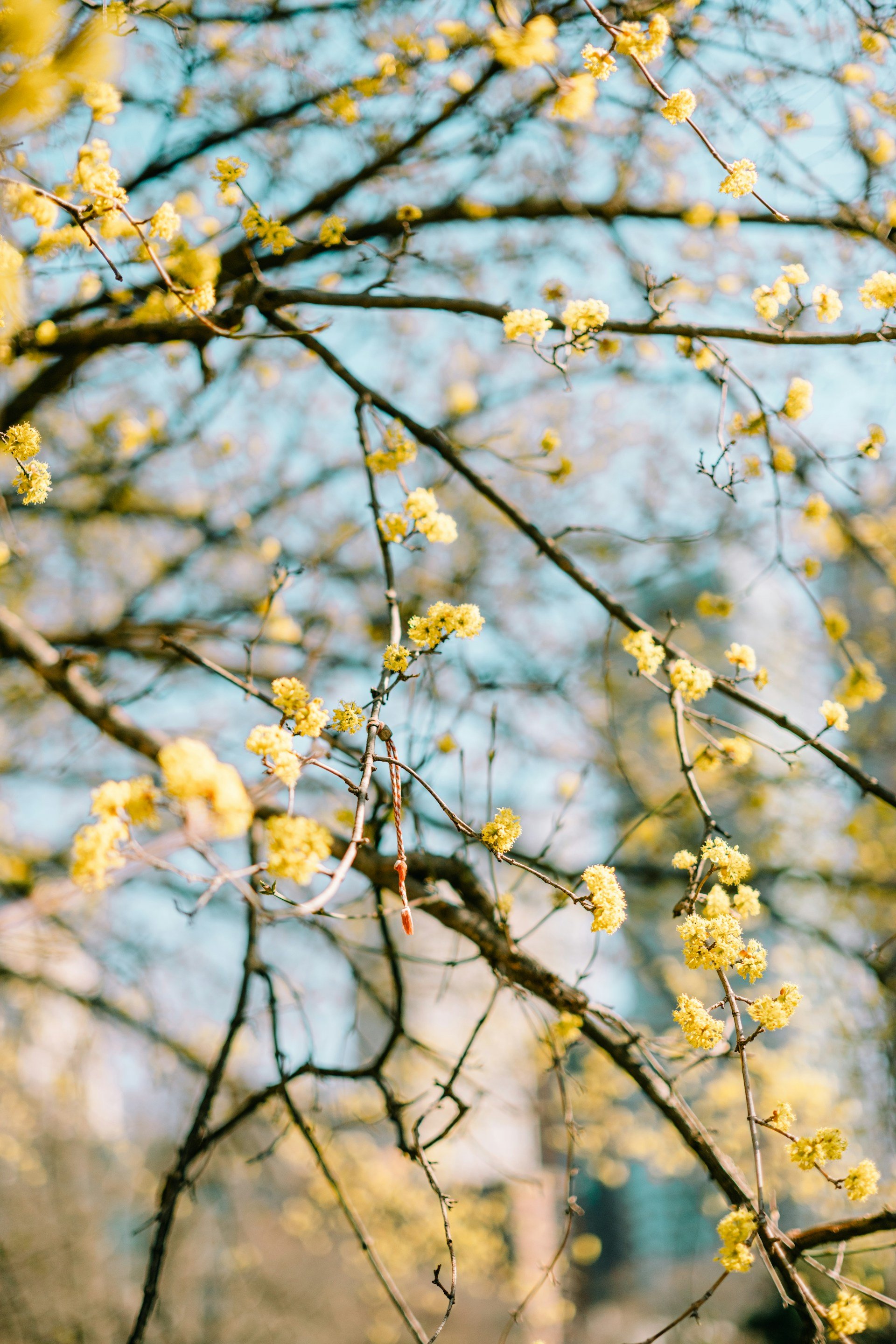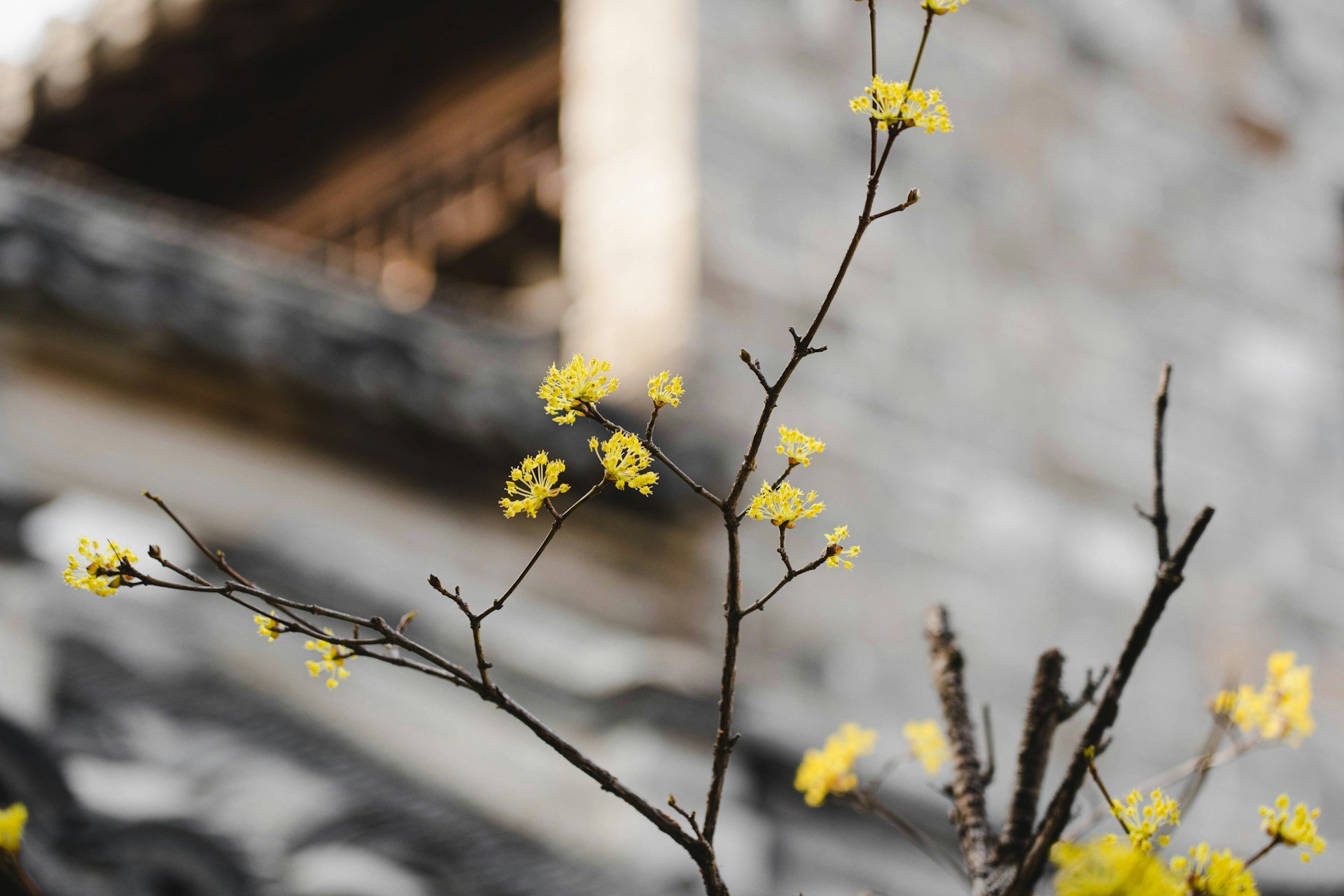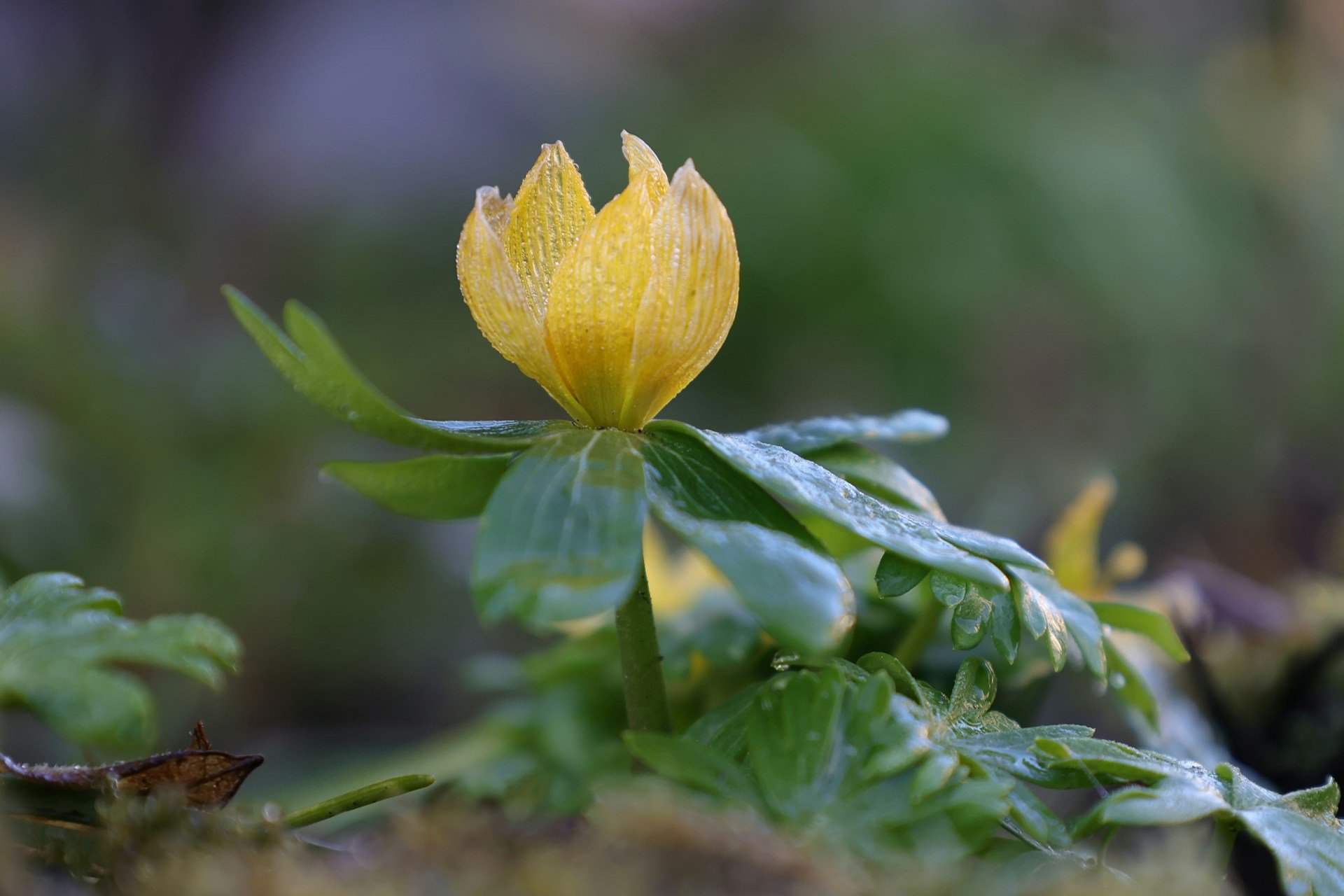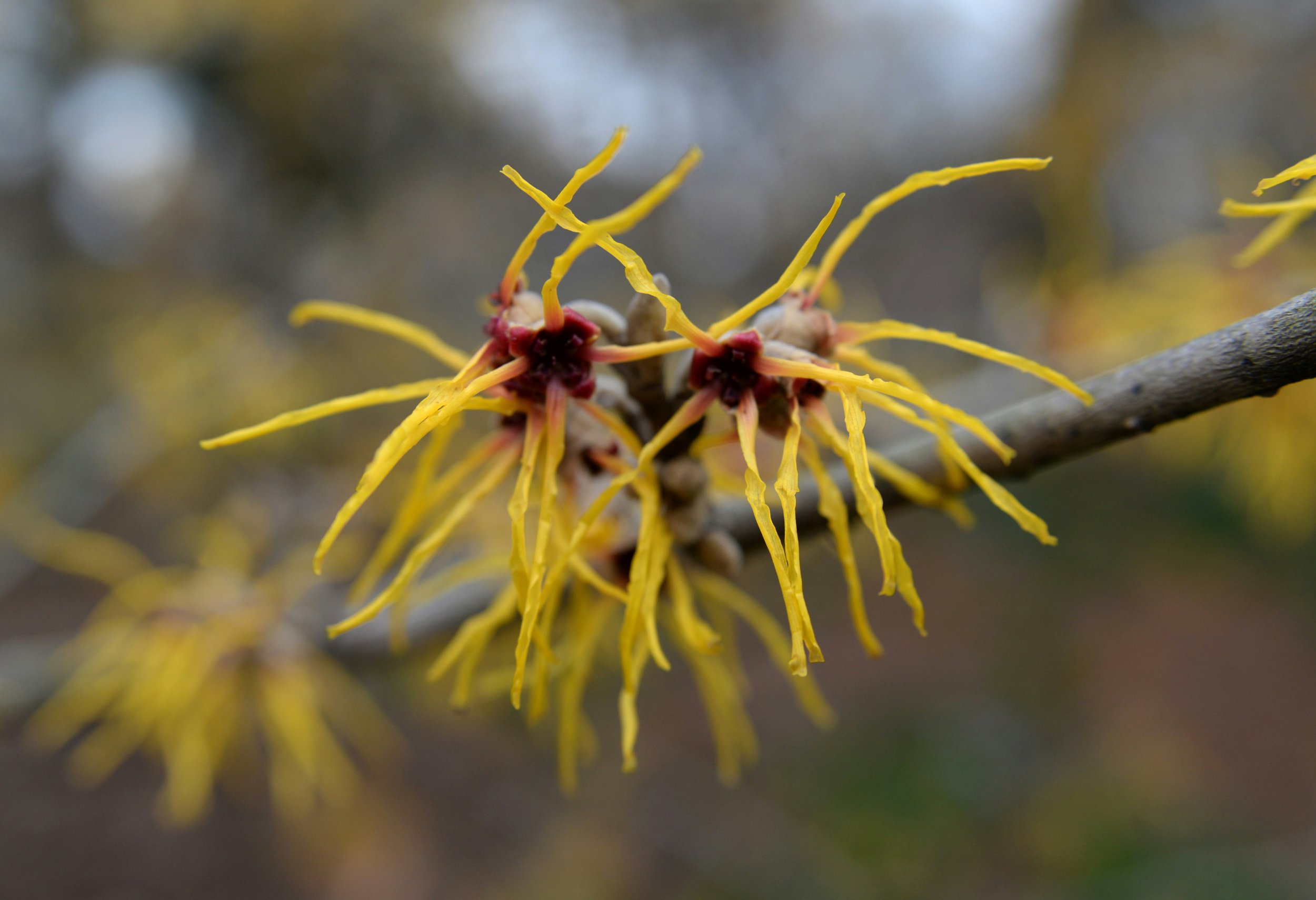Your March Garden Moodboard: Explore the 5 Plants for the month!
Discover 5 Must-Have March Plants for Your Garden!
Explore the Beauty of March's Favorite Plants: Leucojum Vernum, Anemone Nemorosa, Viola odorata 'Alba'(Sweet Violet), Primula veris (Cowslip), and Salix caprea (Goat Willow). See what makes them so unique!
“In March, white and yellow dominate the color scheme”
Leucojum vernum
With nodding, bell-shaped white flowers tipped in green, Leucojum vernum blooms early in spring, resembling the charm of snowdrops but appearing later. Ideal for naturalizing beneath trees, they thrive in reliably moist soils, making them a perfect choice for planting near ponds.
Anemone nemorosa
Create a captivating carpet of flowers by planting numerous wood anemones around the bases of your deciduous trees and shrubs. Their faintly scented white flowers, sometimes tinged with pink, track the sun's path across the sky. Emerging just before trees leaf out in spring, they provide a feast for insects. Pair them beautifully with bluebells, Scilla siberica, or Chinodoxa forbesii.
Viola odorata ‘Alba’ (Sweet Violet)
Embrace the sweet scent and delicate white flowers of Viola odorata ‘Alba’ from February to March, complemented by heart-shaped, vibrant green leaves. Perfect for naturalizing in shady woodland gardens, these shade-loving ground covers make a delightful combination with Wild Primrose (Primula veris).
Primula veris (Cowslip)
In mid to late spring, clusters of scented, deep yellow flowers adorn stems rising from rosettes of mid-green leaves. With the decline of old pastureland, the once-common native wildflower, Cowslip, is becoming rarer. Ideal for wildflower gardens, these flowers bring a touch of nostalgia and beauty.
Salix caprea (Pussy Willow)
Salix caprea, or Pussy Willow, stands as a valuable tree offering early nectar and pollen for bees, bumblebees, and butterflies in early spring. Its branches provide nesting and roosting sites for birds, making it a boon for wildlife. Suitable for coastal gardens, these trees excel in natural hedging and screens, thriving best in full sun or half shade.
Follow Jana on Instagram for inspiring images of gardens and nature
More Tips & Advice?
Book a garden design consultation with me: jana@botaniq.nl / +31 6151 89494
Subscribe to our monthly Newsletter to get tips, recommendations, and outdoor improvement ideas.





